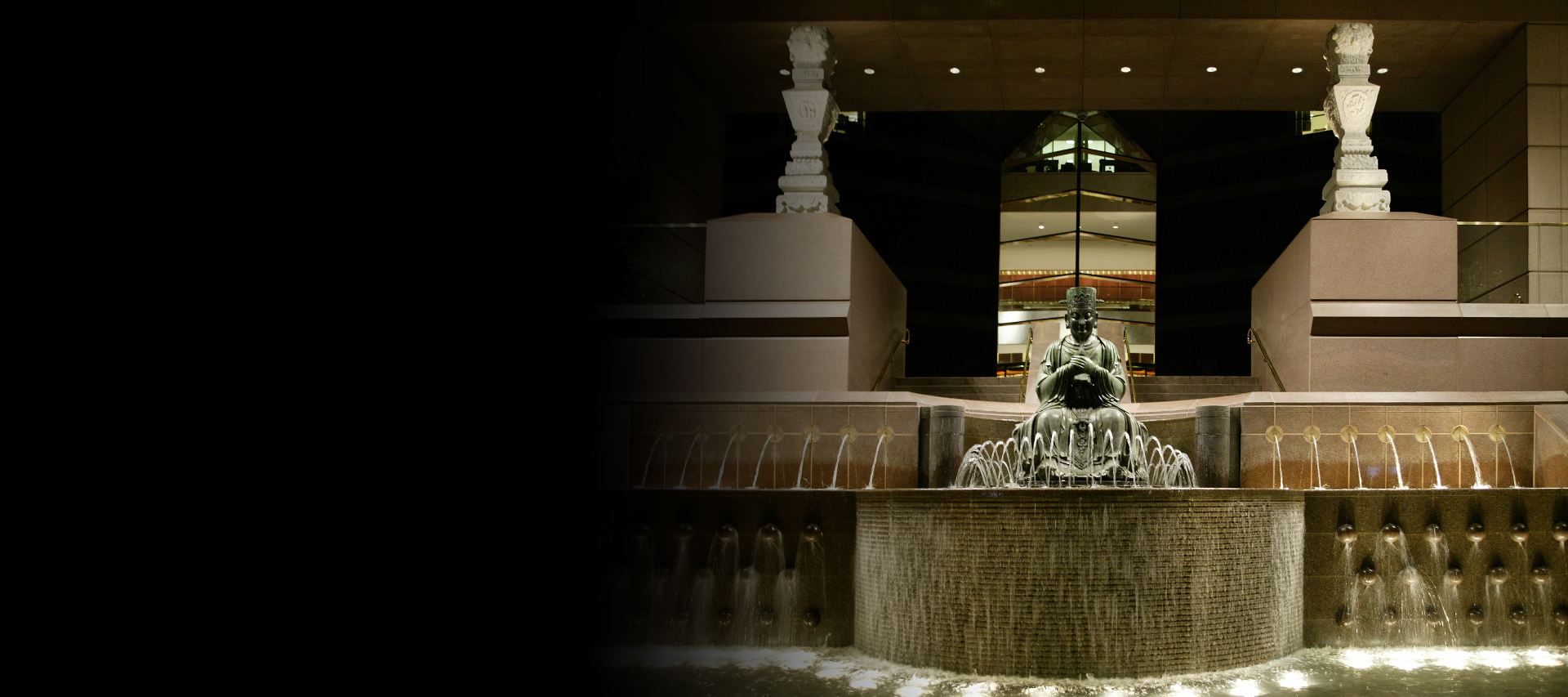
Artist: Issey Miyake (b. 1938)
Culture: Country: Japan
Period: F/W 2010/2011
Medium: Polyester
Collection Title: Mary Baskett Collection
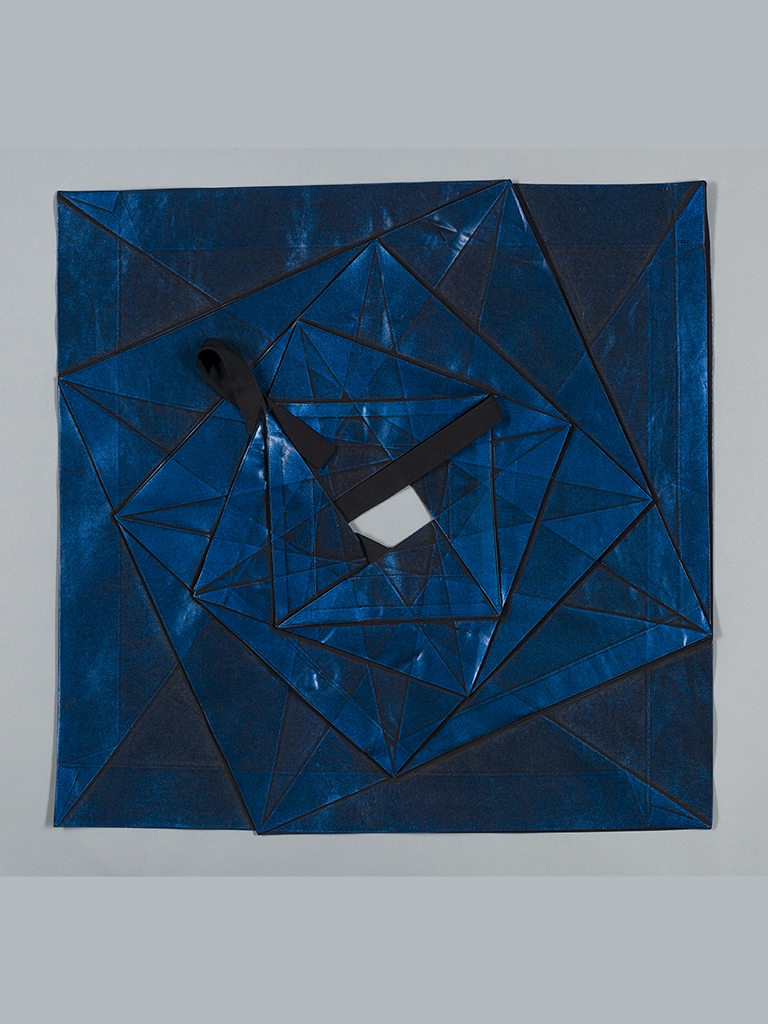
Artist: Issey Miyake (b. 1938)
Culture: Country: Japan
Period: F/W 2010/2011
Medium: Polyester
Collection Title: Mary Baskett Collection
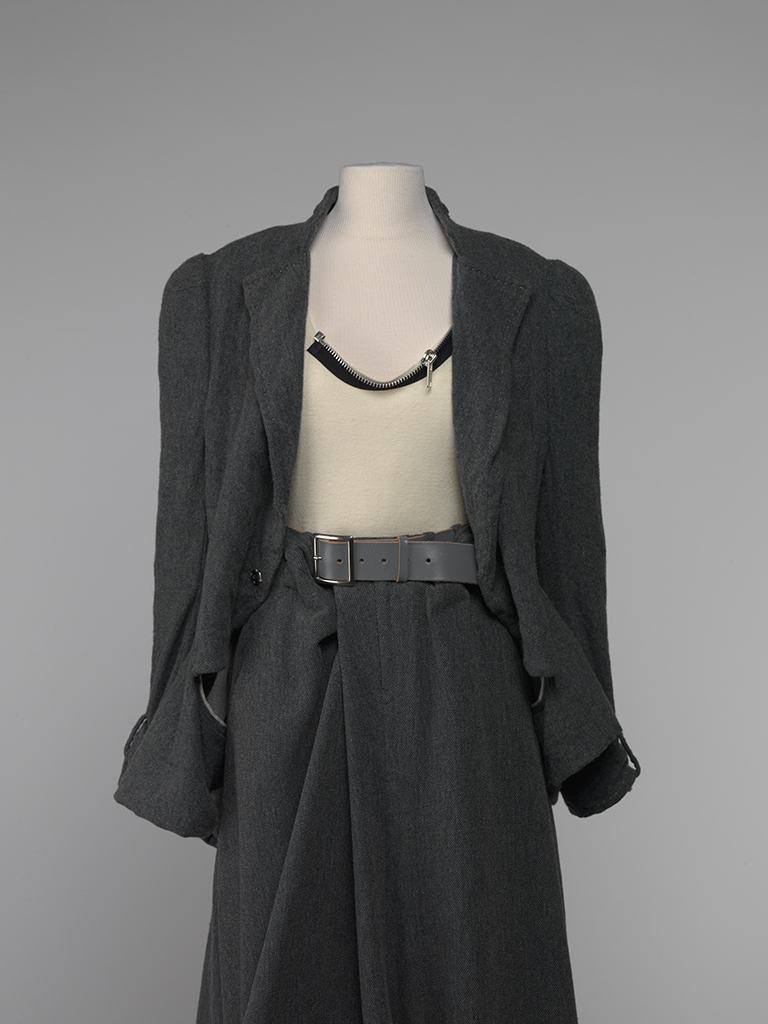
Artist: Yohji Yamamoto (b. 1943)
Culture/Country: Japan
Period: F/W 2006/2007
Medium: Wool, leather, metal
Collection Title: Mary Baskett Collection
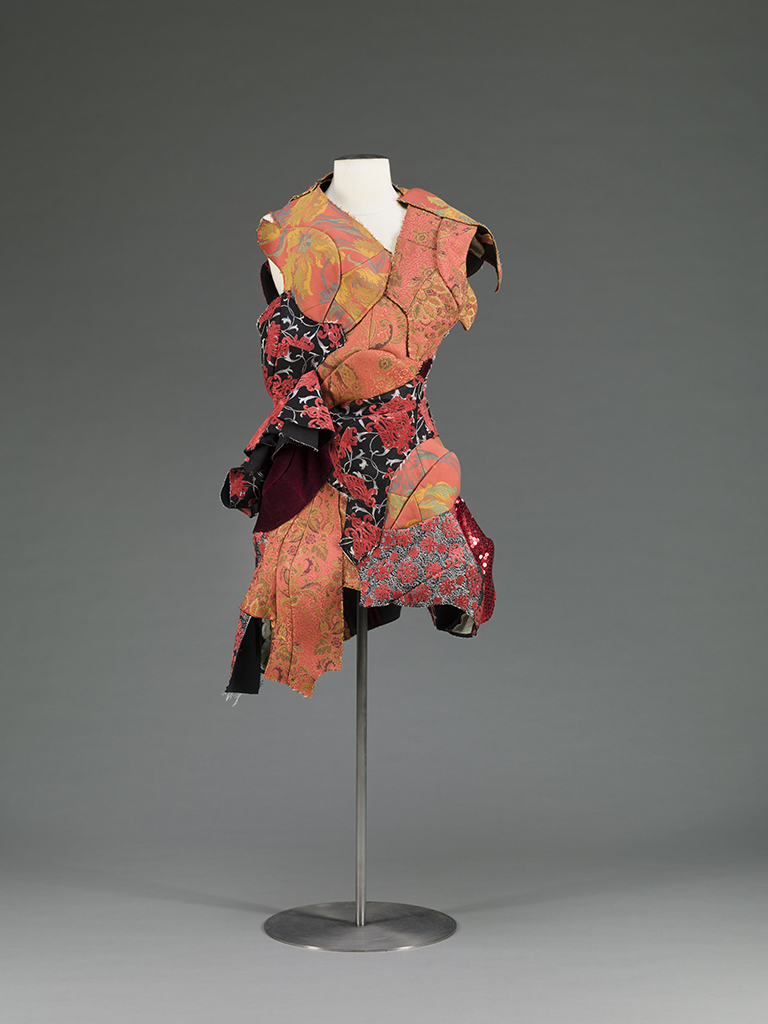
Artist: Rei Kawakubo (b. 1942)
Culture/Country: Japan
Period: 2010
Medium: cotton, acrylic, polyester, polyurethane, rayon
Collection Title: Mary Baskett Collection

Artist: Rei Kawakubo (b. 1942)
Culture/Country: Japan
Period: F/W 2012
Medium: Polyester, cotton
Collection Title: Mary Baskett Collection
In the late 1960s, Mary Baskett was curator of prints at the Cincinnati Museum of Art. A graduate of Wellesley College with a Master’s degree in East Asian art history from the University of Hawaii, Baskett was already well-traveled throughout South Asia, Southeast Asia, and Hong Kong.
In pursuit of the work of contemporary printmakers, she began travelling to Japan where she found intriguing avant-garde fashion. She began avidly collecting and wearing these clothes, particularly those of Issey Miyake, Yohji Yamamoto, and Rei Kawakubo, then little-known outside of Japan. In the 1970s and 1980s, Miyake, Yamamoto, and Kawakubo shocked the fashion world with their post-modern “anti-fashion” garments characterized by asymmetry, raw edges, unconventional construction, oversized proportions, and monochromatic palettes. While maintaining many differences, these artists often reference elements of traditional Japanese dress in their designs, merging conventional features with avant-garde concepts.

Issey Miyake (b. 1938), originally a student of graphic design, apprenticed in the ateliers of Guy Laroche and Givenchy in Paris and Geoffrey Beene in New York before founding Miyake Design Studio in Tokyo in 1970. Miyake has been a leader in technological innovation in fashion, and has worked with textile engineers to develop new materials and manufacturing processes however perhaps the most important concept behind Miyake’s work is that each garment allows for customization by the wearer, allowing for a creative dialogue between the designer and consumer.

Yohji Yamamoto (b. 1943) is known for his Zen-like focus on materials and processes, resulting in unconventional garments that reference historical styles but incorporate deconstructed elements and reject the idea of the perfect fit. His garments are simple, unembellished, and often monochromatic. His primary inspiration, however, is the fabric itself. “I often tell my patternmakers, ‘Just listen to the material. What is it going to say? Just wait. Probably the material will teach you something…’”
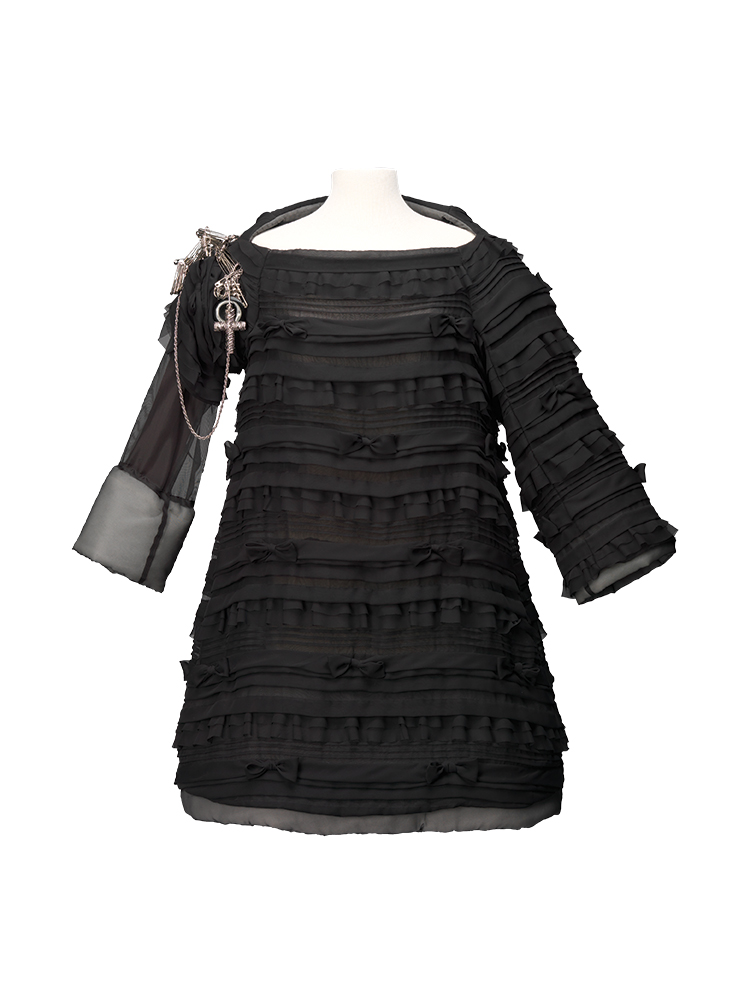
Rei Kawakubo (b. 1942) states that she has always been “on a mission to challenge conformity.” She founded her company, Comme des Garçons, in Tokyo in 1973, and debuted her collection in Paris in 1981. Without even a basic knowledge of sewing, Kawakubo fell into designing clothing while working as a stylist for a Japanese advertising agency. Her commitment has always been to form over function and her work echoes the abstractions of visual artists and the spatial concepts of architects. Kawakubo’s designs reflect her philosophy, “What is beautiful doesn’t have to be pretty.”
With support from:

